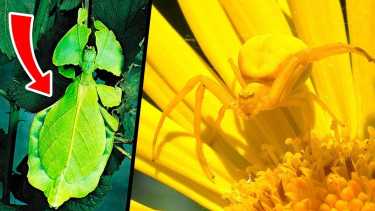Most Amazing Animals In The World
These are the most amazing animals in the world and the abilities that earn them that title!
AnimalsAnimals have inspired humans to do some crazy things: our admiration of birds led us to pursue flight and our curiosity about deep-sea life spurred our love for diving, for instance. Still, there are some amazing animal abilities I don’t think we’ll ever catch up to. From bullet-punching shrimp to zombie toads, these are some of the world’s most amazing animals!
Volcano Snail
The scaly-footed gastropod, or volcano snail, lives in the deepest depths of the Indian Ocean. Up to one and a half miles, in fact! That’s as deep as three Burj Khalifa, the tallest building in the world, straight down.
For roughly every 32 feet beneath the surface of the ocean you dive, atmospheric pressure increases by 1. That means that at 1.5 miles down, you’d be experiencing around 241 atmospheres of pressure. Try to imagine the feeling of an elephant standing on your toe, but all over your body.
But if that still sounds too leisurely for you, consider the fact this aptly-named snail also makes its home in volcanic vents. These vents can reach up to 750 degrees Fahrenheit, which is three times the boiling point of water, and hotter than the open flames produced by some torches. That means that the Volcanic snail is living in an environment that would crush, roast, and boil most other animals!
So, how does the wonder-blob survive such cruel treatment? This creature’s shell is made of iron sulfide, meaning it’s literally part metal. Marine biologists have found that the snail’s metal tolerance protein gene is 27 times higher than other similar species, which explains its ability to transform itself into a tiny living tank.
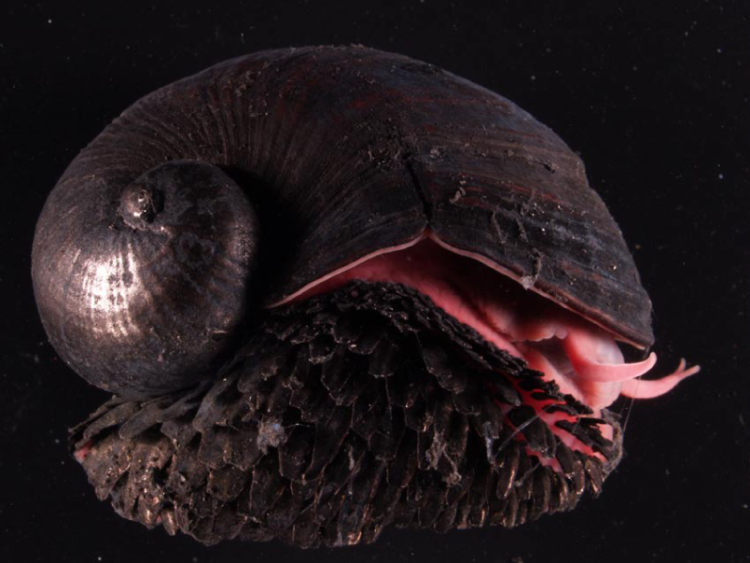
Rather than eating, the scaly-footed gastropod has a large gland that absorbs bacteria and iron from its surroundings, keeping it tough as nails. Despite its amazing resilience, however, they face extinction due to deep-sea mining operations interfering with their habitat.
Pufferfish
Everybody loves pufferfish! These cute, brightly-colored fish can be found in tropical and subtropical waters around the world, and are a favorite sight among divers. As you can probably tell from their pudgy exterior, these little fish are pretty defenseless, and their bright coloration makes them easy to spot.
When agitated, however, they’re able to inflate their bodies with water, and expand up to three times their original size.
If this doesn’t scare predators away many species, like the deadly Fugu, are also highly poisonous. While interesting aspects of the creature, neither of those quirks are what make the pufferfish truly amazing, however. That’s the fact that the humble pufferfish makes art; pretty breath-taking art, as a matter of fact!
As recently as 1995 it was discovered that the much-loved pufferfish has one of the most curious mating rituals in the animal kingdom. When a male pufferfish wishes to attract a mate, they look for a relatively undisturbed patch of the ocean floor.
Then, using their fins and bodies, they will slowly start to create symmetrical grooves and patterns in the sand. As time goes on, this pattern spirals out, forming a kind of deep-sea crop circle.
After the main foundations have been worn-in, the Pufferfish will then begin to add stones and pebbles to the circle, as a kind of deep-sea decoration. Completing a circle like this takes time, and the poor puffer must work 24 hours a day for an entire week to get it done.

The fish needs to put in these intense hours as even a minor shift in the sand could result in damage to the circle’s structural integrity. While it isn’t known what makes a circle good or bad for lady-fish, it’s assumed that size and symmetry play a role.
Ogre-Faced Spiders
This creepy crawly can be found all across the forests of Africa and Australia. Their eyes freak most people out because the Ogre-faced spider has the largest eyes of any spider in the world, and they’re extremely perceptive to light, able to absorb 15,000 times more photons than ours.
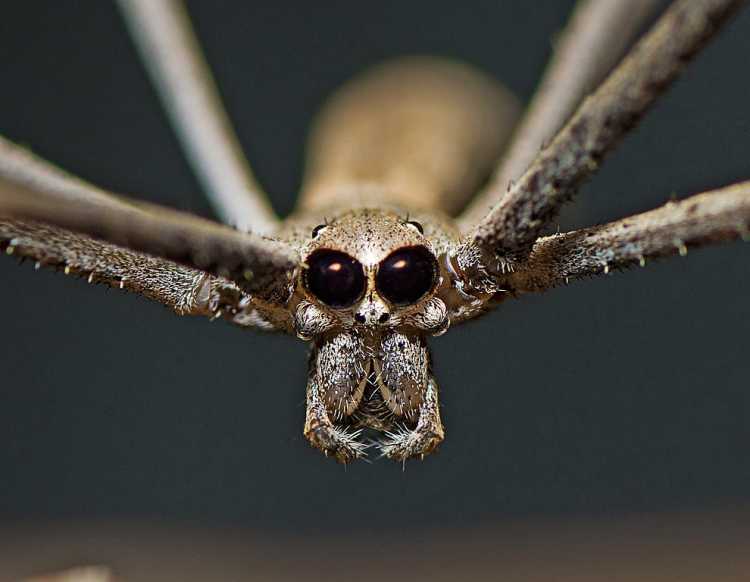
Additionally, despite lacking ears, they’re able to hear their surroundings through thin hairs on their legs. Like many of its relatives, the Ogre-faced spider spins a web out of silk it produces from an organ called a spinneret.
This creature doesn’t kick back and wait for something to get stuck after spinning its web, however. It does something all-together more horrifying. Instead, the ogre-faced spider creates a second, smaller web which it holds between its forelegs.
Wielding this smaller web, the spider will then dangle from the first web, suspended in the air. At this point, the spider does something sinister; it places some bait beneath it, poopy bait. This spider has evolved so that its own excrement smells like delicious food to its prey.
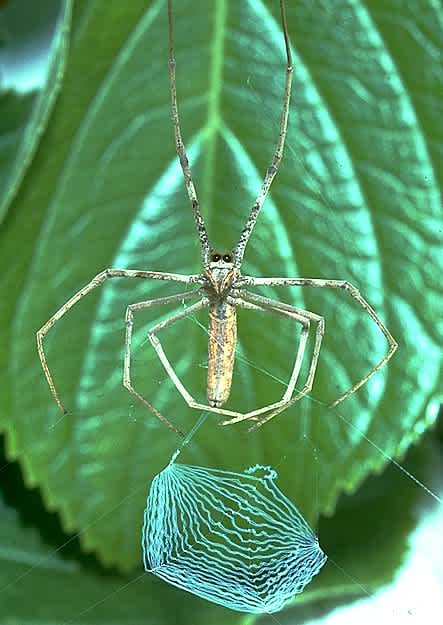
When an unsuspecting insect passes underneath, the Ogre-Faced spider falls on top of it, using the smaller web as a net. It traps the poor wriggling creature underneath this web, which then fuses to its skin, making escape a futile impossibility.
At this point, the Ogre spider injects an acidic-venom into their prey, which melts their insides. The mastermind then slurps up their poor, defenseless victim. As if that weren’t a horrifying way to die in the first place, imagine knowing you’re there because you were tricked by poop!
Woodpeckers
Woodpeckers are small, colorful birds that can be found all over the world, and are best known for being the jackhammers of the animal kingdom, spending their days vigorously pecking holes into trees. They do this in order to carve out nests for themselves, as well as devour any bugs they may find beneath the tree bark.

If this sounds laborious, you’re clearly not a woodpecker. These incredible birds are able to strike a tree with their beak up to 20 times a second. That’s more than even the most hardcore headbanger at a metal concert.
Despite typically weighing less than 15 ounces, a woodpecker can carve a perfectly round nest big enough to accommodate them in just a few days. A woodpecker’s skull redistributes the impact of this hammering throughout their entire body, so they never end up with a splitting headache.
After pecking these holes, the woodpecker will extend its long tongue into the tree, slurping up any delicious bugs it finds inside. It’s able to do this because a woodpecker’s tongue is typically twice the length of its bill, giving it some serious ranged french-kissing abilities.
Fully extended, this tongue can stretch up to five inches from its bill and curls up inside the skull. A woodpecker’s tongue doesn’t continue down the throat like most animals, but actually wraps up and backwards, between the skull and back of the head.
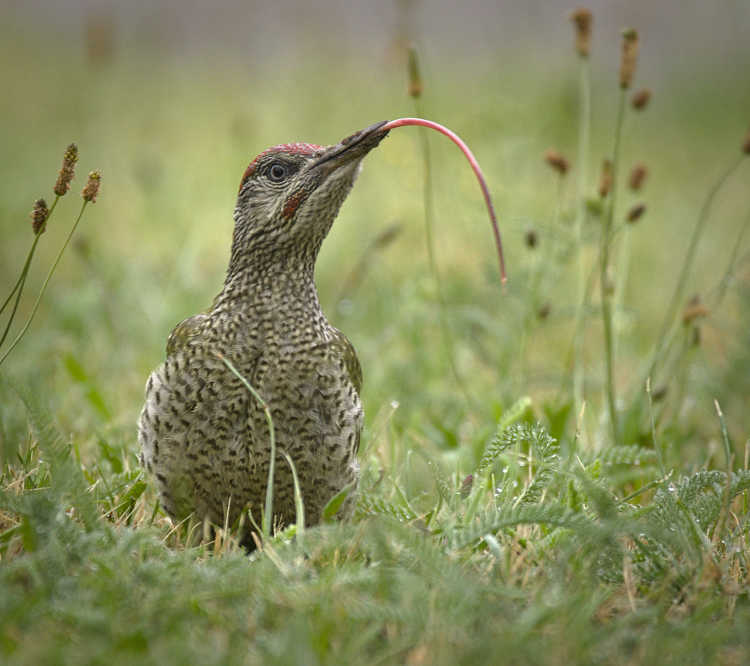
Being such a prolific species, there are dozens of woodpeckers with their own unique quirks. The acorn woodpeckers, for instance, create what are called granary trees. They peck holes in dried old trees, into which they can store thousands of acorns. They return to these trees during the winter to enjoy their acorn stockpile. Think of it like turning an old, dead tree into your own personal vending machine!
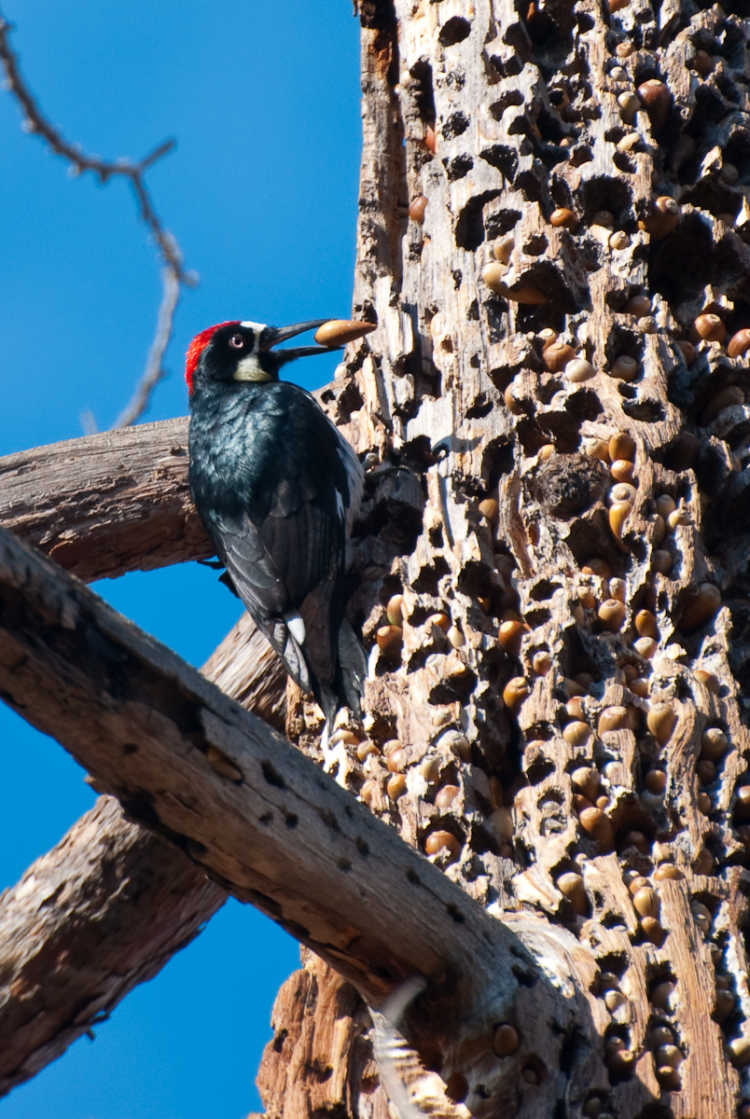
Watusi
The Watusi is a breed of cattle that traces its lineage all the way back to ancient Egypt, with their ancestors depicted in ancient hieroglyphs. These hefty heifers have been known to stand as tall as six feet at the shoulder and weigh around 1600 pounds, as much as fifteen beer kegs.
A considerable amount of that weight comes from their enormous horns, which are some of the largest in the animal kingdom. These intimidating weapons can measure in at a staggering eight feet in length, with a 30-inch circumference.

While that may be huge, it’s nothing compared to the largest Watusi horns ever measured. And those belonged to CT Woodie, who in 2004 entered the Guinness Book of World Records for the animal with the largest horns.
CT Woodie’s perilous pokers measured in at 40 inches in circumference. Imagine if you were walking around with arms that were each four feet long and thicker than basket balls for an idea of what Woodie was dealing with.
Funnily enough, a Watusi’s horns have no fixed shape, and every cow’s is different. This is why some curve around while others just jut out. Additionally, watusi horns never stop growing! This means size is often a good indicator of how old the watusi is.
Despite their enormous size and large horny payload, the watusi doesn’t actually have to eat much to survive. It’s thought that this trait, along with a secret feature of their horns, makes the watusi particularly suited for harsh African summers. The secret is that watusi’s horns are air conditioners.
A watusi is able to channel its body temperature through its horns, which then radiates outwards as a kind of heat expulsion system. It can do this because, unlike many other animals, a watusi’s horns actually have blood vessels inside them, which are able to transport heat throughout the body.
Flatfish
A flatfish is a weird kind of fish. There are 822 known species of these prolific fish, and they can be found in fresh water and oceans around the world. While they’re often called flounders, this isn’t entirely correct, all flounders are flat fish, but not all flat fish are flounders.
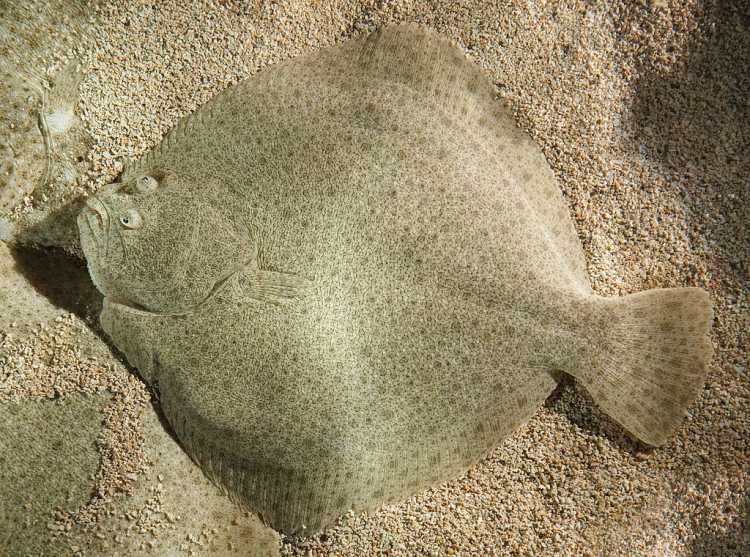
As the name suggests, the flat fish is an incredibly thin and flat fish, almost resembling a swimming pancake. This shape allows them to press themselves flat against the ocean floor.
Their sandy colors help them blend in, but some flat fish also bury themselves slightly, allowing them to easily hide themselves from predators. This ability is also great for sneakily hunting prey, the very ocean floor rising up to snarf them down when they least expect it.
Though they may not look like they’re built for speed, they’re actually incredibly agile swimmers. Using a fin on the underside of its body, a flat fish is able to launch itself like a catapult. At the same time, the fish expels a sudden burst of water downward, meaning it’s able to pounce underwater.
Seeing as they spend so much time pressed against the ocean floor, both of the flat fish’s eyes are located on the top of its head, giving it a full view of its overhead surroundings. Strangely, however, most flat fish aren’t born this way. Instead, they resemble regular fish in their infancy and slowly develop their shape.
This is most noticeable in the face, because their eyes migrate across their skull over the course of several weeks, eventually meeting each other at the top.
Eastern Spadefoot Toad
Throughout history, man has been obsessed with the idea of coming back from the dead. In pursuit of the secrets of eternal life, some have looked to science, while others have pursued the dark arts. Turns out the answer was the Eastern spadefoot toad!
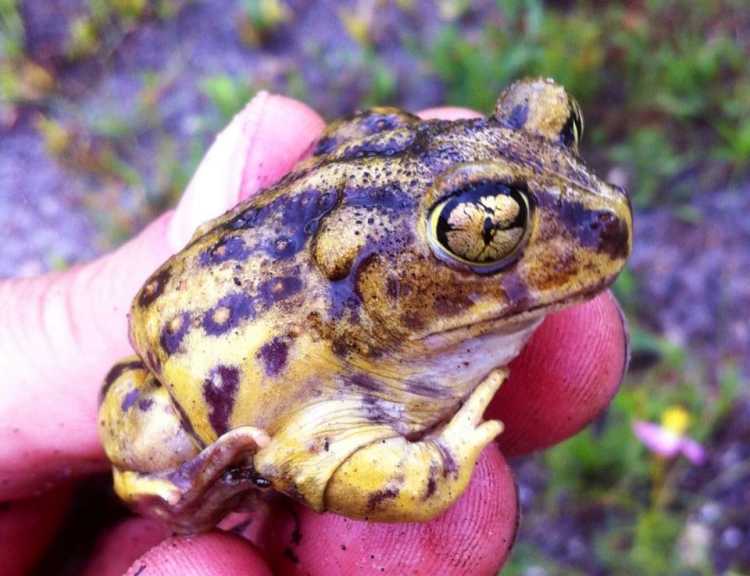
It's a small North American toad typically found east of the Mississippi river. It takes its name from a small black spike it has on its hind legs. This spike is made of keratin, the same protein that makes up our fingernails and hair. Using this spike, or spade, the toad is able to burrow its way into the ground backwards.
What many don’t realize, however, is that when it does this the spadefoot toad is actually digging its own grave. This is because the spadefoot toad practices an extreme form of brumation, which is like hibernation for cold blooded animals.
Upon burying itself, the spadefoot toad compacts itself into a tight ball and excretes a fluid from its body. This fluid hardens into a shell, and the process almost completely dehydrates the toad. The toad then enters a kind of stasis, where its biological processes slow down until they’re on the edge of stopping entirely.
During the months it spends underground, the toad is in a death-like state; motionless, cocooned, and essentially lifeless. However, something amazing happens during the monsoon season.
As the rain falls and moisture seeps into the ground, the toad’s chamber softens and moisture seeps into its skin. This allows the toad to breathe again and wakes it up from its pseudo-death. This is why many have nicknamed this remarkable creature the zombie toad.

After reawakening, the spadefoot toad emerges from the ground to mate. After mating, the spadefoot toads will bury themselves back in the ground, returning to their long dream of death.
And while coming back from the dead may be their most interesting trait, their absurd mating calls are also remarkable. They sound like someone sarcastically imitating a toad and you can hear it in the video below:
Mantis Shrimp
A Mantis Shrimp may not look like much, but it has some incredible skills. After learning them, you'll be tearing down your Iron Man posters and putting up a Mantis Shrimp poster in its place, because this creature is hardcore.
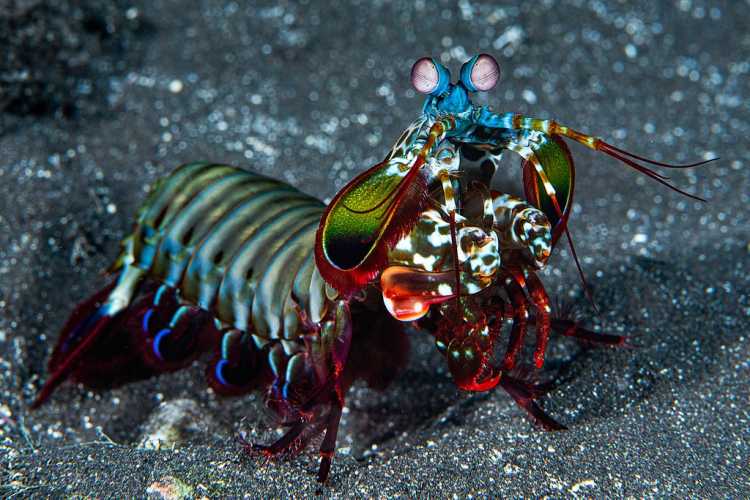
Let’s start with the basics; the mantis shrimp is a brightly colored crustacean that can be found in shallow tropical water. It has eight pairs of legs; three for walking, and five for feeding. It has two pairs of sensitive antennae, five gills for breathing, and apparently tastes great fried with garlic butter.
Their most noticeable trait, however, has got to be their big giant eyes. These ginormous bulbs are able to rotate and move independently of one another, giving the little shrimp a tremendous range of sight. These eyes hold an even crazier secret, though; they’re some of the most powerful in the animal kingdom.
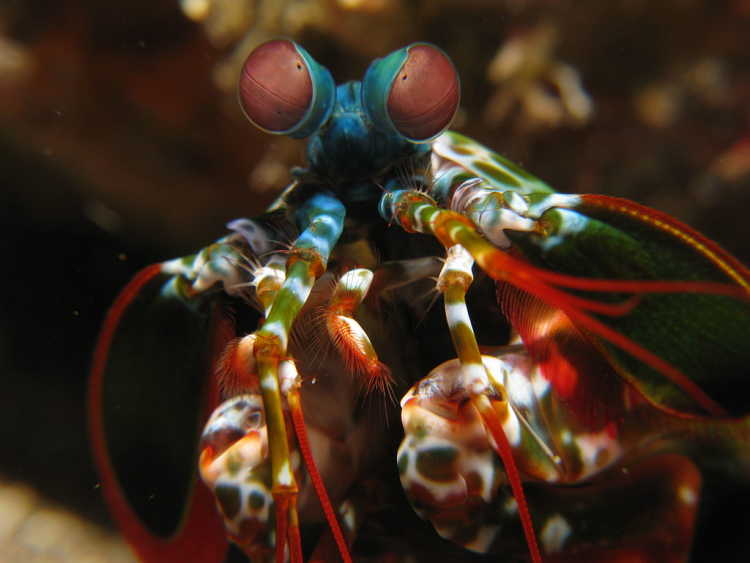
For perspective, dogs have two color cones in their eyes, while humans have three. This means every color we see is some combination of what our red, green, and blue cones can perceive. A mantis shrimp, on the other hand, has 12. This means mantis shrimp can see four times as many colors as we can, colors we’re literally unable to see.
This even includes light on the ultraviolet and infrared spectrums. This is useful in hunting down tiny or camouflaged prey, because when your eyes are that sensitive, there’s nowhere to hide. And if a mantis shrimp catches you, it’s over. This is because the mantis shrimp has one of the most brutal weapons in the animal kingdom: the rocket punch.
It has two arms designed to shoot forward at breakneck speeds, in order to punch the brains out of its prey. Despite being only six inches long, it’s estimated the mantis shrimp punch has the relative power of a .22 caliber bullet.
This punch is so fast it boils the water around it and has been known to crack glass. This creature is like the deep-sea terminator.
Malabar Gliding Frog
If you’ve ever worked or lived in a tall building, chances are you’ve gotten irritated waiting for an elevator. Wouldn’t it be so much easier if you could just open a window and glide down? Well, the Malabar gliding frog, at some point in history, must have had the same idea. Except, they committed to it.
The frog can be found living in the trees along the ghats of western India. As you can see in the clip below, this amphibian’s toes are prominently webbed, even more so than other frogs.
This thick webbing allows the frog to leap from high trees and glide down gracefully. In the right conditions, the frog is able to glide 115 times its own body length, which, for reference, would be like Batman gliding twice the length of a football field.
These green gliders have been spotted in trees at heights of up to 115 feet, so they’re quite the little adventurers. They developed this ability so that they could live up high in the trees, and more easily hide their eggs from predators. This also gives their jump a little extra lift, which really helps them bolt away from danger.
That’s not the only surprise this frog has in store though, because the Malabar gliding frog is able to produce a frothy, foam-like substance from its body. The frogs lay their eggs in this foam, and then cover it up with twigs and leaves, further hiding away their precious eggs.
During the mating season, when they’re looking for that special someone who gets their foam frothing, the Malabar gliding frog can be recognized by its unique call. It kind of sounds like the Predator, doesn’t it?
Platypus
The platypus is, without a doubt, one of the most unique and strange animals on Earth. It seems every decade we learn something new and freaky about these little weirdos. Starting at the very beginning, a couple of weeks after being laid, a baby platypus will hatch out of an egg. Right away, this is strange, as the platypus is a mammal.
Mammals come in three flavors. Eutherians include animals like humans and canines, marsupials include animals like wombats and kangaroos, and monotremes are mammals that lay eggs. Monotremes only include platypuses and echidnas. Every single other mammal is either a marsupial or eutherian. That’s how unique they are.
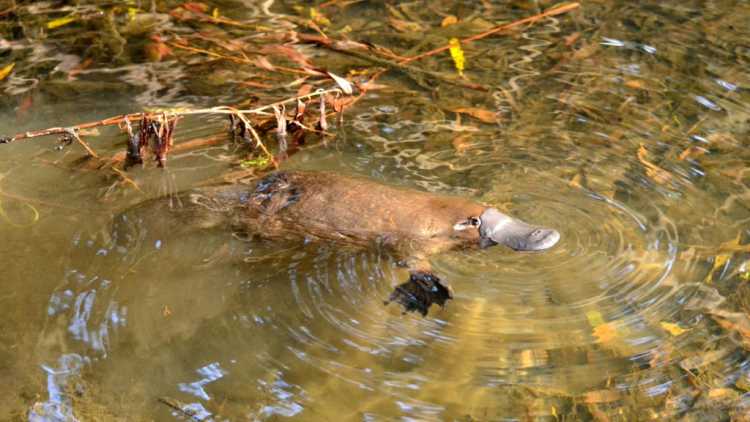
And here’s another fun fact; they’re psychic! Platypuses have a sixth sense in addition to the five we have called electroreception. All living matter gives off a very slight electrical field, it’s why we’re able to get static shocks from friction. Well, the platypus can close its eyelids, and earlids, which is an extra weird thing they have, and see the world through this electricity.
Interestingly, a panicked creature’s electric field is more easily detectable. This is why even in dark or brackish water, a platypus can hunt fish easily. You can hide or hold still but you can’t turn off your electric field.

As if that wasn’t cool enough, as recently as 2020 it was discovered that platypuses actually glow under UV lights, which illuminate their fur either white, green, or blue. It’s theorized that the platypus may be able to see light in this spectrum, and thus be able to identify other platypuses in the dark.
Indeed, we discover something new about them every decade. Furthermore, they’re also venomous, producing a noxious toxin from spikes on their hind legs during their mating season. You won’t be surprised to hear they’re also one of the only mammals that can do that!
Honestly, these guys are so weird I wouldn’t be surprised if, when the aliens finally do descend on our little blue world, a bunch of familiar duck-billed faces step out of the saucer.
I hope you were amazed at the most incredible animals in the world! Thanks for reading.






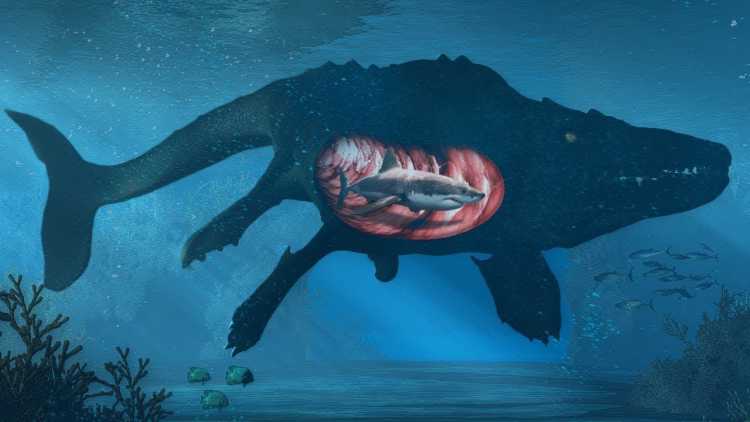






![Embarrassingly Dumb Ways People Died - Darwin Awards Winners [Part 14]](http://images.ctfassets.net/l031eph9pzsg/686De1sLP59fCNWLkbDwm5/4031ad820164610867ececf9513ce5ce/embarrassingly-dumb-ways-people-died---darwin-awards-winners-_part-14_.jpg?w=750&h=422&fl=progressive&q=50&fm=jpg)











